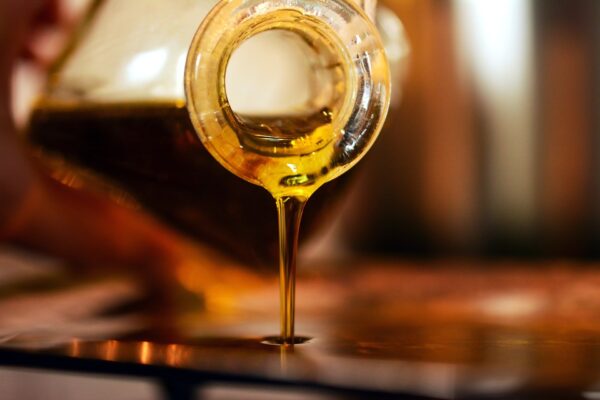Choosing the right carrier oil: the healing properties of 11 medicinal oils

Last time we discussed how you choose an oil for your skin and hair type. Today we’re going to talk about the healing properties of medicinal oils and how to choose the right carrier oil for your herbal remedy. In the blog about making a herbal oil I already wrote that, when making such an oil, I try to choose a carrier oil that complements and strengthens the effect of the product. After all, oil is extracted from a plant part as well and, therefore, has medicinal properties itself.
The oils I’m going to discuss today are the oils I use most often myself. I am going to list their most striking features. As a result, the information is not as extensive as in my monographs, but it is useful for the purpose we have today. Perhaps even more so. After all, some plants have such wide ranging effects that you can no longer see the forest for the trees. And over time, the plants in question will probably end up in a monograph after all.
Sunflower, Helianthus annuus
First up is sunflower oil. This is an easily available oil, which is also favourably priced. I only use sunflower oil externally. It contains quite a lot of linoleic acid, an omega 6 fatty acid, and we usually get too much of that in our current diet. I am amazed every day that many official bodies advise us to deep-fry in sunflower oil. This oil is quite unstable and not suitable for heating.
Anyway, we are not talking about internal use today. And externally, sunflower oil has a number of useful properties. It hydrates and softens the skin. The kernels from which the oil is extracted contain several substances that help against painful inflammations. And this oil works well on just about any skin type. This is, therefore, an excellent oil to use in all kinds of herbal remedies, for both injuries and skin conditions.
You need a paid membership to view this content
Basic Membership is free!




